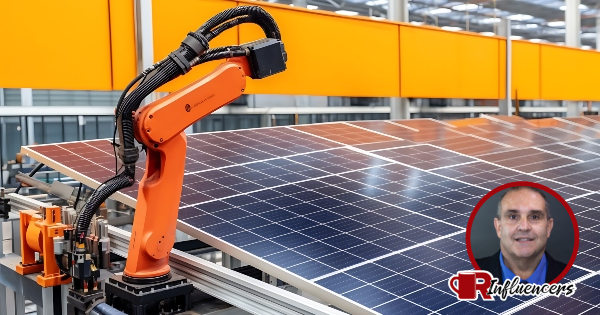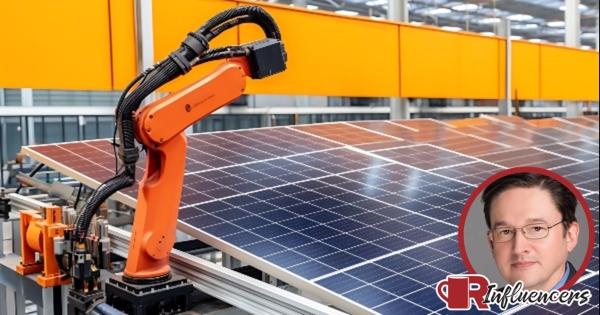How Automation and Robotics Will Transform Roofing Installation and Tackling Labor Shortages

RCS Influencer John Kenney says that robotics and automation are making processes for contractors more efficient.
As the construction industry battles against labor shortages and an increasingly complex work environment, an unprecedented revolution is underway – the Robotics Revolution. Automation and robotics are making significant inroads into various construction practices, particularly in the field of roofing installation. By enhancing efficiency, safety and speed, these advancements transform how contractors work, effectively addressing the labor crunch.
Autonomous roofing robots
Autonomous roofing robots are one of the most striking examples of how robotics is reshaping the industry. These robots, equipped with advanced algorithms and sensors, can lay shingles or other roofing materials with incredible precision and speed. They can increase productivity and alleviate the need for human workers to perform dangerous and repetitive tasks, enhancing job-site safety.
Drones in roof inspection
Drones have found a significant role in the roofing industry, particularly in the area of roof inspection. With high-resolution cameras and thermal imaging technology, drones can capture detailed images and videos of roofing structures, identify potential issues and offer precise data for repair and maintenance. This saves significant time and reduces the need for manual, labor-intensive inspections.
3D printing and prefabrication
The advent of 3D printing technology has opened new doors for roofing installation. It can create exact replicas of roofing components, reducing waste and optimizing resource use. Similarly, automated prefabrication techniques enable contractors to assemble sections of roofs in a controlled environment, which are then transported to the site for installation. This method significantly reduces installation time, and the number of workers needed on-site.
Boosting productivity
One of the key advantages of employing robots in roofing installation is the boost in productivity. Robots can work tirelessly without breaks, unaffected by external factors like weather conditions or worker fatigue. This means more work can be done in less time, compensating for the shortage of human labor.
Enhancing safety
Robotics significantly reduce the risk of workplace accidents, a factor that often deters potential employees from joining the industry. Robots can perform dangerous tasks, such as working at great heights or handling hazardous materials, creating a safer work environment.
Attracting new talent
Integrating robotics and advanced technology can make the roofing industry more appealing to the younger, tech-savvy and interested in innovative fields. The industry can attract new talent by transforming traditional practices with state-of-the-art technology, effectively addressing the labor shortage.
Conclusion
The Robotics Revolution radically transforms the roofing industry, making operations safer, faster and more efficient. With the potential to dramatically alleviate labor shortages and enhance work quality, applying robotics and automation in roofing installation is a leap toward the construction industry's future. Contractors willing to embrace these technological advancements will stay ahead in the game and contribute towards a more efficient, safe and innovative construction landscape.
John Kenney is the CEO of Cotney Consulting Group. See his full bio here.




















Comments
Leave a Reply
Have an account? Login to leave a comment!
Sign In